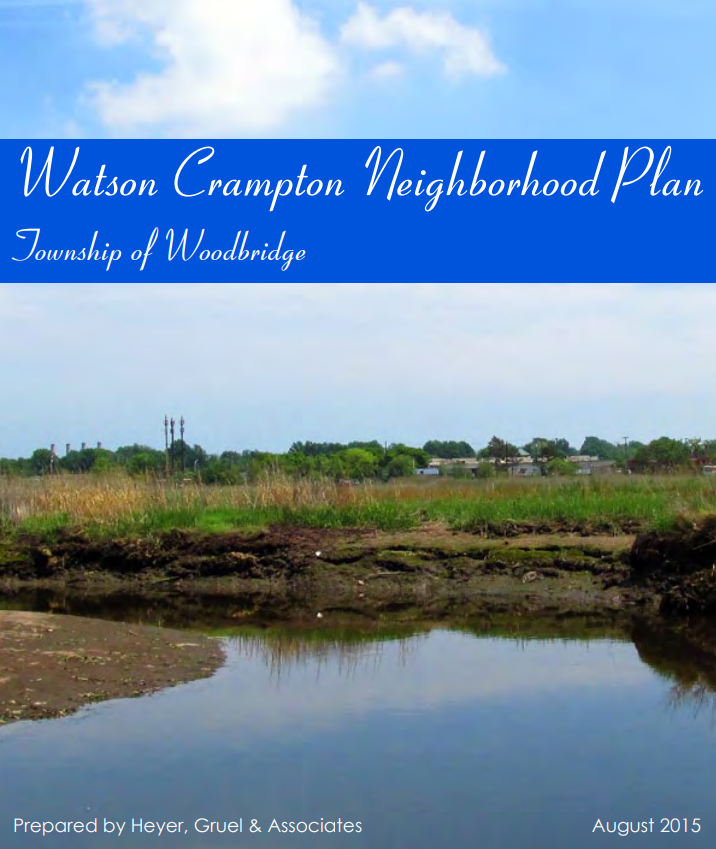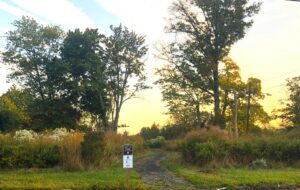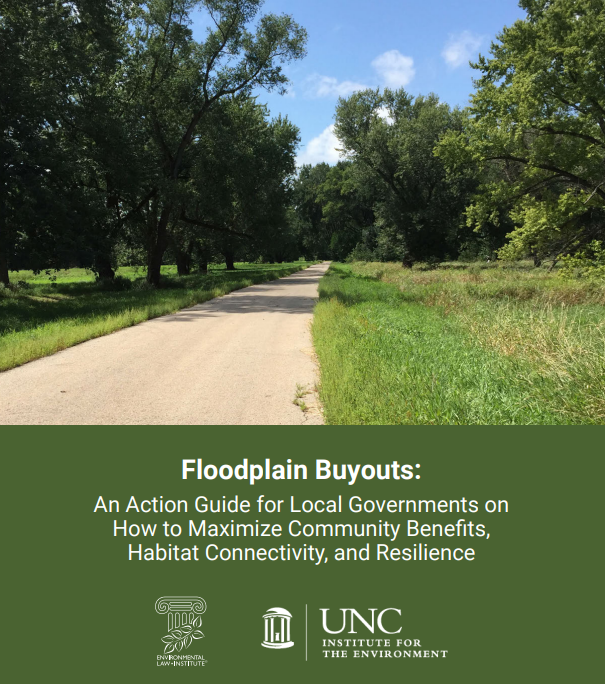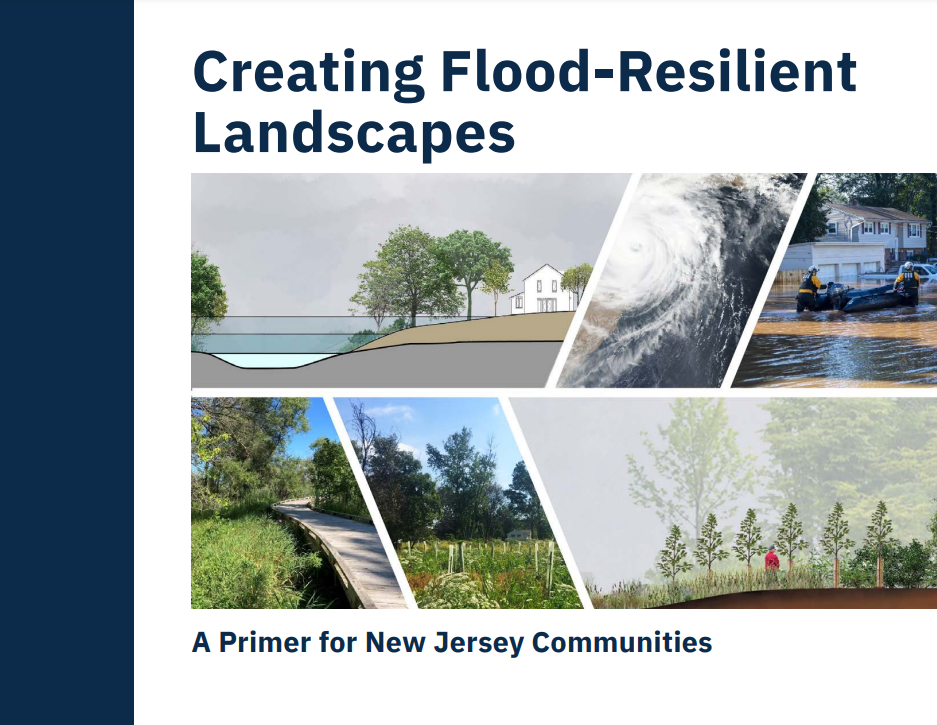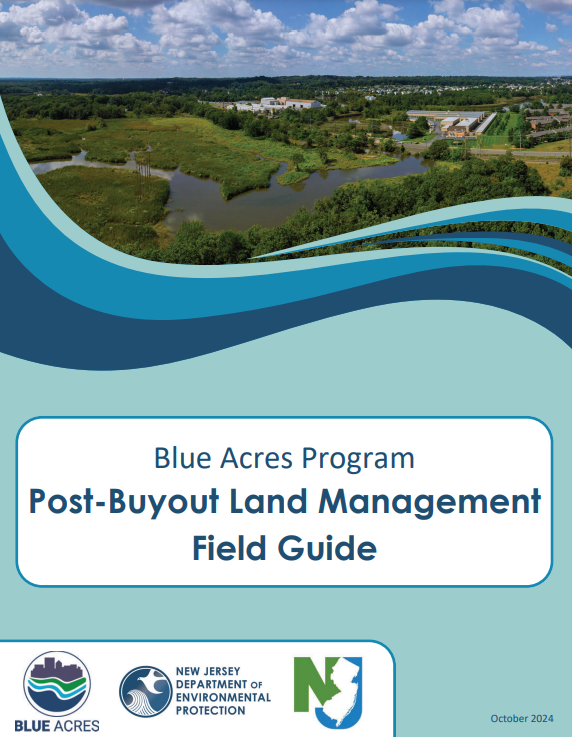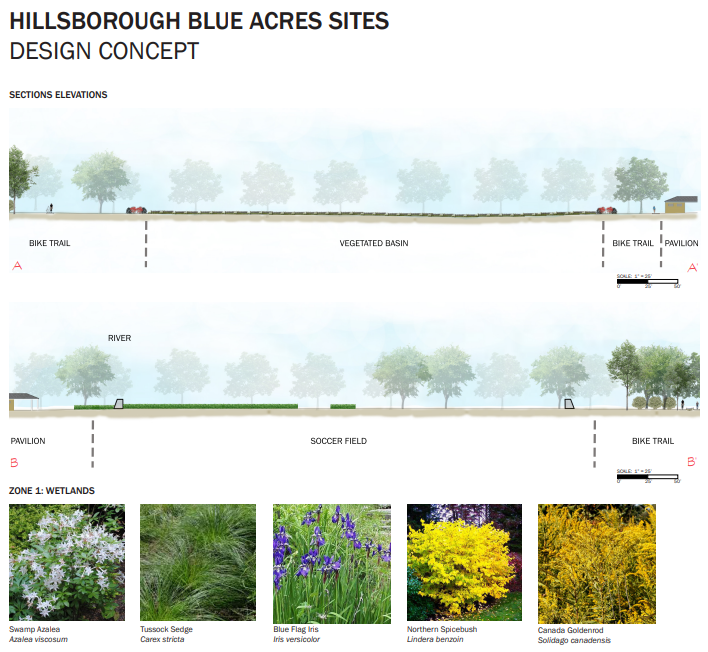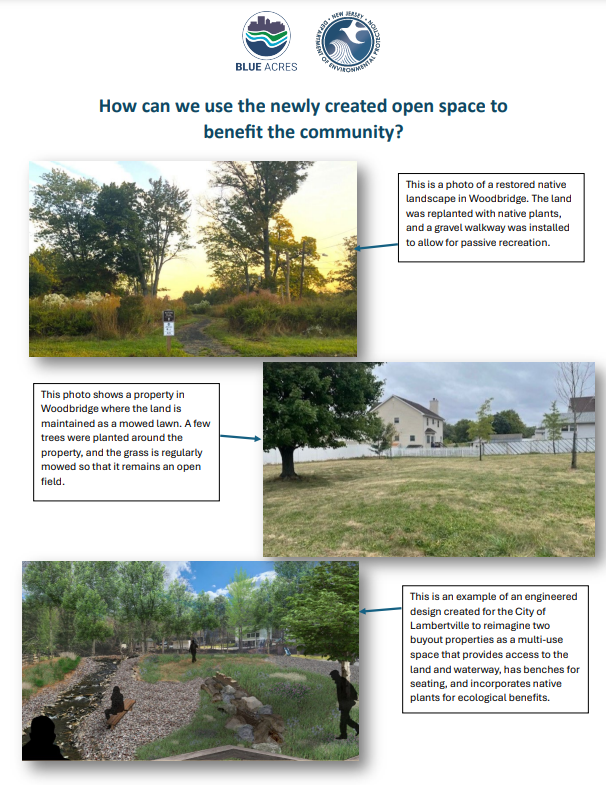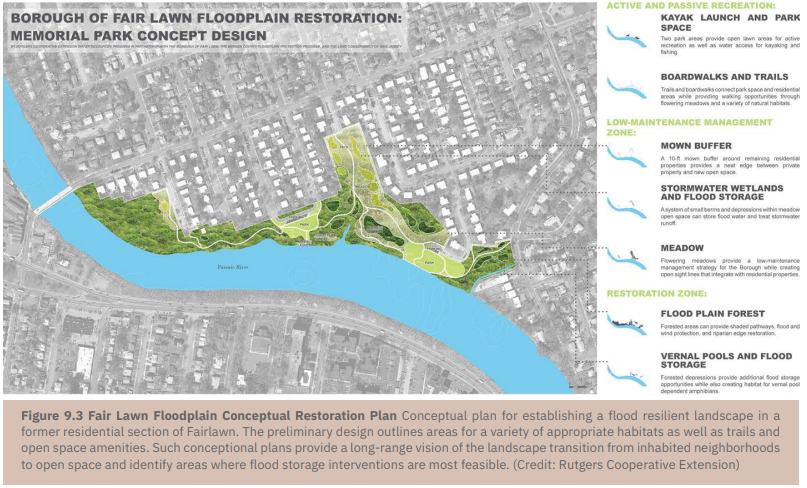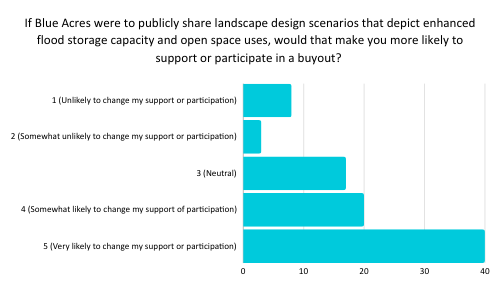
FEMA Model Deed Restriction (2012)
Last modified on June 24th, 2025 at 10:49 am
The FEMA Model Deed Restriction outlines specific restrictions that apply to properties acquired with federal mitigation funds, including Blue Acres buyout properties, to ensure they are used in ways that reduce flood risks and preserve natural floodplain functions. Here’s a summary of the key points:
Purpose
The deed restriction ensures that properties acquired with federal funds for flood mitigation are maintained as open space in perpetuity. This helps reduce flood damage and preserve natural floodplain functions.
Key Provisions
- Compatible Uses:
- The property must be used for open space purposes such as parks, nature reserves, wetlands management, and other similar uses.
- No new structures can be built on the property, except for certain public facilities that are open on all sides, public restrooms, or structures that support open space use and are approved by FEMA.
- Structures:
- Any allowed structures must be floodproofed or elevated to at least one foot above the base flood level.
- Improvements must comply with proper floodplain management practices.
- Disaster Assistance and Flood Insurance:
- The property is not eligible for federal disaster assistance or flood insurance coverage for any new structures built after the property is acquired.
- Transfer of Property:
- The property can only be transferred to public entities or qualified conservation organizations with FEMA’s prior approval.
- Any transfer must include the original deed restrictions to ensure continued compliance.
- Inspection and Monitoring:
- FEMA and its representatives have the right to inspect the property to ensure compliance.
- The grantee must submit a report every three years certifying that the property is being maintained according to the deed restrictions.
- Enforcement:
- If the property is not maintained according to the deed restrictions, FEMA and the state have the authority to enforce compliance, which may include legal action or requiring the transfer of the property title.
- Amendment and Severability:
- The deed restriction can only be amended with the approval of FEMA, the state, and the grantee.
- If any part of the deed restriction is found to be invalid, the rest of the provisions remain in effect.
